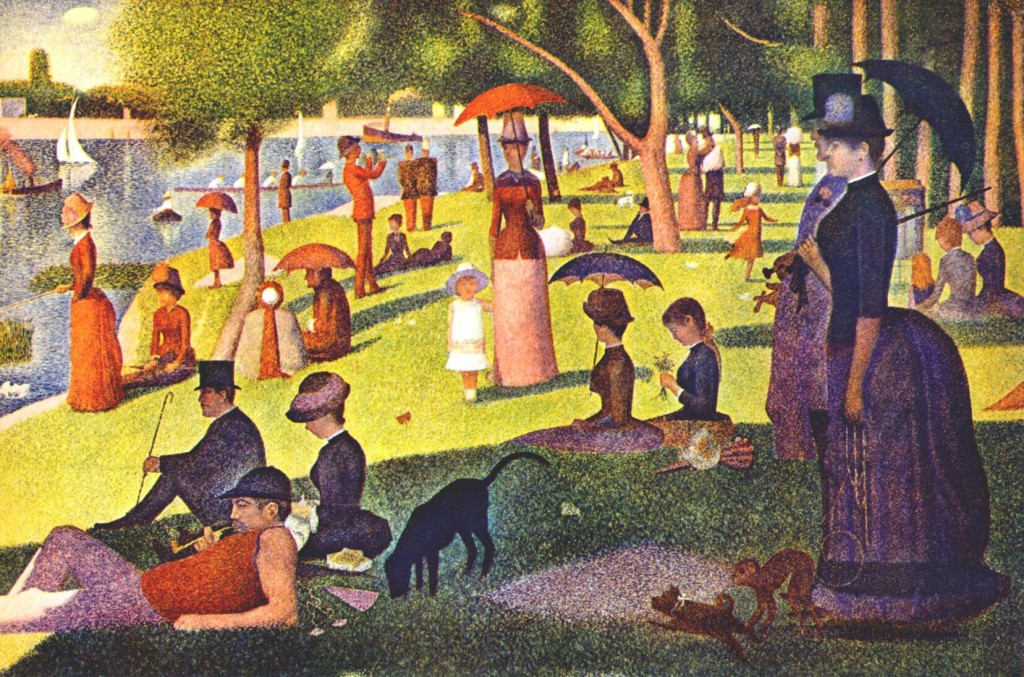
First published in 1856, “Madame Bovary” by Gustave Flaubert initially appeared as a serial in a Paris newspaper then as a novel the following year. Flaubert wrote “Madame Bovary” in a country that still struggled to regain a moral center that sadly the French people have yet to find. In the years that followed the French Revolution, the anti-Catholic government in France passed a series of restrictive laws against the Catholic Church and the clergy. Quasi-pagan rituals to the “goddess” of Reason were held in Notre-Dame Cathedral in Paris and philosophers who hated the Church, such as Diderot and Voltaire, became martyrs to the new cult of secular humanism. When Napoleon came to power, he allowed the Church to regain some of its former influence, but at a cost. The clergy, greatly diminished in number, were now salaried employees of the state. I think France has never recovered from these dark days. Those times were none-to dissimilar from our own world were the Church is continually assailed by non-believers because of it’s male-only hierarchical structure and Her unpopular stances on sexuality and abortion.
Many of the same cultural and social tensions explored by the Post-Impressionist painters (contemporaneous with the publication of “Madame Bovary”) pervades “Madame Bovary.” As with the Post-Impressionists, the one theme that continually reoccurs throughout the story is that of pervasive boredom. The often misinterpreted “Sunday Afternoon on the Island of Grande Jatte” by Seurat, is a television window into the soul-less world of indifference where God no longer exists. Seurat’s flat and lifeless pointillism technique foreshadowed the thousands of dots on the TV screen. Unfortunately, like other works from the era, the painting got thrown back into the recycle bin of consumer culture and regularly appears on neckties, book-bags and coffee mugs. At one time or another, all of the main characters in “Madame Bovary” are guided by their wavering state of boredom. Emma Bovary, during her girlhood education in a convent, “needed to derive immediate gratification from things and rejected as useless everything that did not supply this satisfaction.” Her temperament is one that has dominated the thinking of late-twentieth century Man and continues to be the principle dogma of the twenty-first. Pope John Paul II, in “Love and Responsibility” referred to this way of thinking as the “utilitarian” mindset. Later, after her marriage to the honest but tepid country doctor Charles Bovary, Emma becomes fascinated with gossipy women’s magazines, trashy romance novels and begins to spend money recklessly on gifts for other men. Her fantasies centered on those she read about: the Parisian idle-rich, actresses, and the aristocratic near-do-wells, who would later become the reality stars of today. Think of the media attention Snooki received on her recent trip to Italy.
When I was in college, I became friends with a would-be porn star. He was completely outrageous and uninhibited; qualities that I greatly admired at the time. After a night of frantic dancing in the Castro, he passed the time by relaying a story of his most recent sexual escapade. When he finished, I was a little shocked, and I asked him: Why did you do that? He bluntly replied: “boredom.” That conversation formed the beginning of my interest in the problem of boredom in modern society and the root’s of it’s exploration by Flaubert in “Madame Bovary.” For “Madame Bovary is a cautionary tale. As everything turns out very badly for Emma. While her life spins more and more out of control: Emma enters into a series of reckless extramarital affairs, falls deeper into debt and horribly neglects her daughter. In the end, Emma kills herself with arsenic. All this on account of being bored? Well, yes.
The old saying: “idle hand’s are the devil’s tools (or workshop,) has become passe. But like many old sayings, it is grounded in truth. Emma was lucky enough to marry into the bourgeoisie. They were the new middle class. Unlike their agrarian ancestors, Emma or other women of the bourgeoisie, did not need to spend countless hours toiling at a loom or tending fields. Emma was even freed from the daily duties of child-rearing; she had a “wet-nurse.” Sort-of a 19th Century French version of modern American day-care. This freeing from the daily grind provided women, and men, with a great deal of leisure time. Hence the rise and popularity of novels, amusement parks and pornography. People had the money, and more importantly the free time, to spend on diversions.
To a degree, these diversions could be a good thing. For example, children born into the bourgeoisie could escape the farm, attend a university and possibly make advances in science and medicine. Charles Bovary is an example. But idleness is also a great moral and societal danger: hence the American rise of teen sub-cultures, criminal urban youth gangs, the curious emergence of clinical depression and childhood hyperactivity. The current American answer to these problems are either legislative or medical. But a social program or prescription drug can not cure what is essentially a spiritual problem. If left unchecked, the decadence that comes out of a society immersed in boredom will eventually destroy it.
The Church has written voluminously on the problem of idleness. Though I am not qualified to explore this aspect, I found Saint Anthony the Great, Saint Benedict and Saint Therese of Lisieux to be especially insightful in this area.
Also, there are several film adaptions of “Madame Bovary.” In my opinion, the best was the 1949 version starring the beautiful and complicated actress Jennifer Jones.





